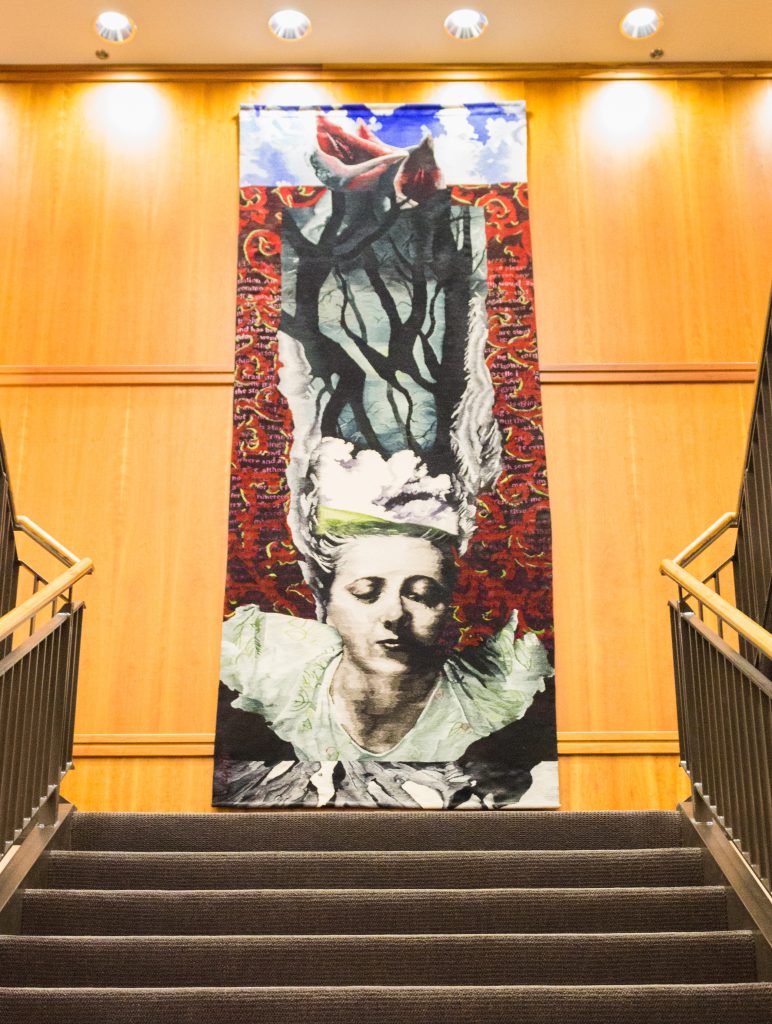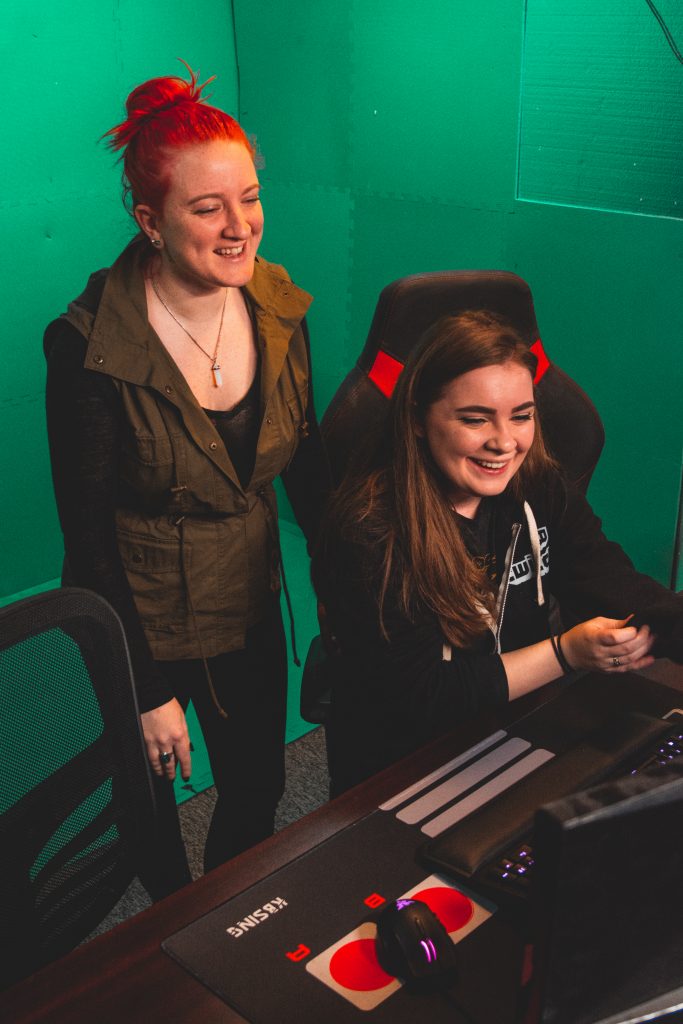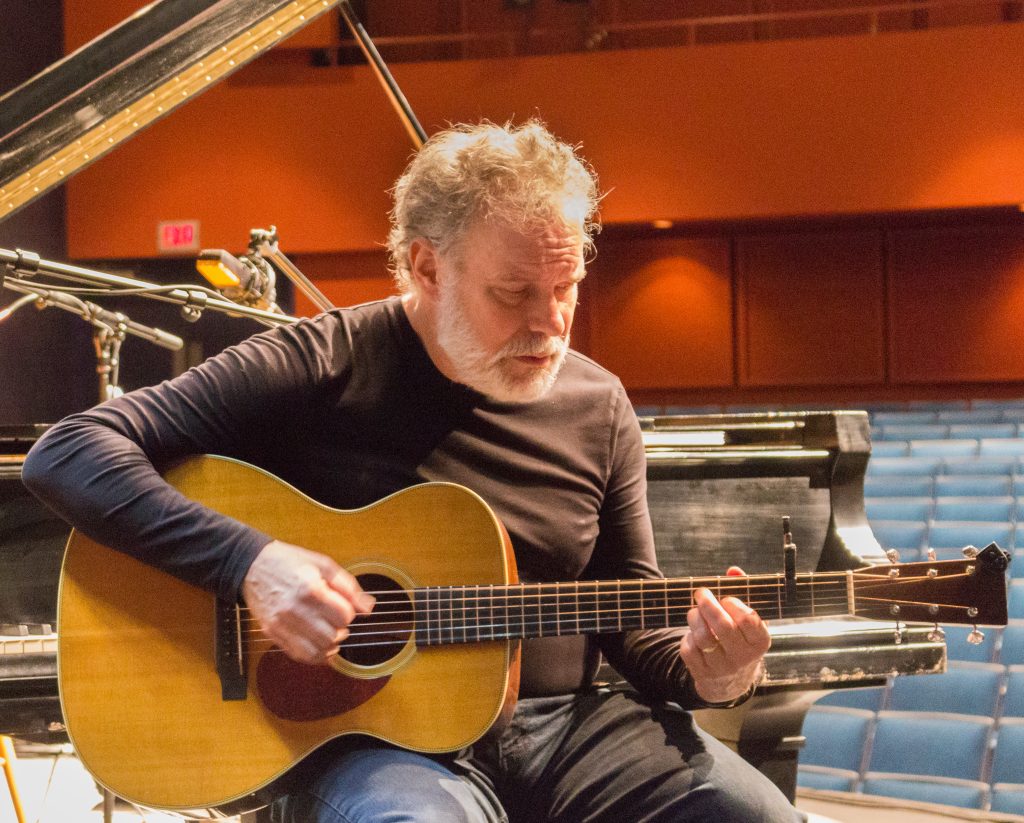
Chrys Weedon | Entertainment Editor
| Civil Rights Film Schedule: |
| Jan.30 Eyes on the Prize (Continued episodes) Feb. 6 Freedom Riders (Famous bus trips across the South in support of desegregation) Feb.13 The Black Panthers (A documentary on the Panthers and their demise) Feb. 20 A Good Day to Die (The story of Dennis Banks and the American Indian Movement) Feb. 27 Incident at Oglala (The Leonard Peltier story of injustice on the Pine Ridge Reservation) Mar. 6 American Outrage (The struggle of Western Shoshone women for tribal rights) Mar. 13 The People Speak (Howard Zinn and friends provide a critical, social movement based history of the U.S.) |
The three months that make up winter term hold within them many significant dates: the anniversary of the women’s march (Jan. 20, 2018), Martin Luther King Jr. day (Jan. 21) and Black History Month (February), to name a few.
Winter Term also offers a class that focuses on film from the civil rights movement. For six years, Dr. Dean Braa has been teaching Sociology 407.
“I invented it, sort of. Years ago (the sociology department) had a discussion and we discovered that a lot of students, most students, didn’t know anything about the civil rights movement,” commented Dr. Braa. “Not many students have that opportunity, and we have looked at US history books … and most of the US history books I use, even around here, say little or nothing about civil rights.”
The film series is open to everyone, no matter if they are registered for the class or not. Participants watch 12 films across the term, including the documentary series “Eyes on the Prize” and documentaries following the Native American civil rights movement.
“We try to make it fun, I tell people ‘bring popcorn, bring snacks, bring your dinner if you want to,’” said Dr. Braa.
In the 50 years since Dr. Martin Luther King Jr’s death and the 37 years since the end of the Black Panther Party, civil rights film has been replayed in educational settings across the country. But why is rewatching this film so important?
“Well (the class) raises consciousness about social movements, it raises consciousness about racism and how terrible it is … this racism wasn’t just in the south,” explained Dr. Braa. Watching films from and about the civil rights movement is not only educational, but can teach about present-day movements as well. Dr. Braa discussed, “(injustice) is still going on now. We haven’t fixed it … (the film series) serves to show a connection; we gotta keep this movement going.”
Film and other art that was born out of the civil rights movement can show how successful social change happens.
“You want people to understand, positive change doesn’t usually come from within government, it comes from outside,” said Dr. Braa. Film from this specific period of American history shows that change usually happens when the status quo is upset.
“Social movements that kind of threaten government or put government under duress, that’s where positive change comes from,” remarked Dr. Braa.
A film is shown every Wednesday night from 5:30 to 8:00 p.m. in the Health and Wellness Center in room 203. All are welcome to attend.
“What we hope you’ll take from this: to see (America’s) past but apply it to the present and see we still need to make some big changes,” concluded Dr. Braa.
Contact the author at howlentertaiment@wou.edu
Photo courtesy of Ashlynn Norton








